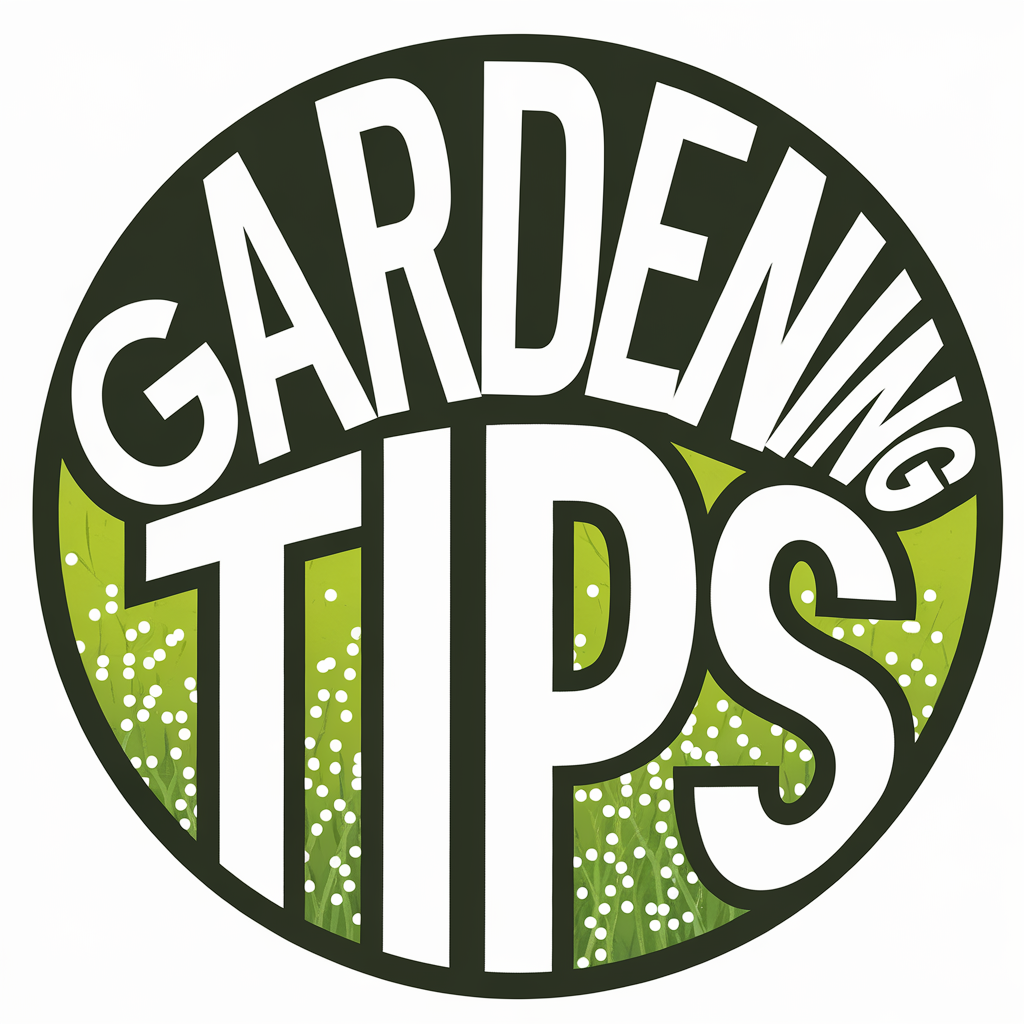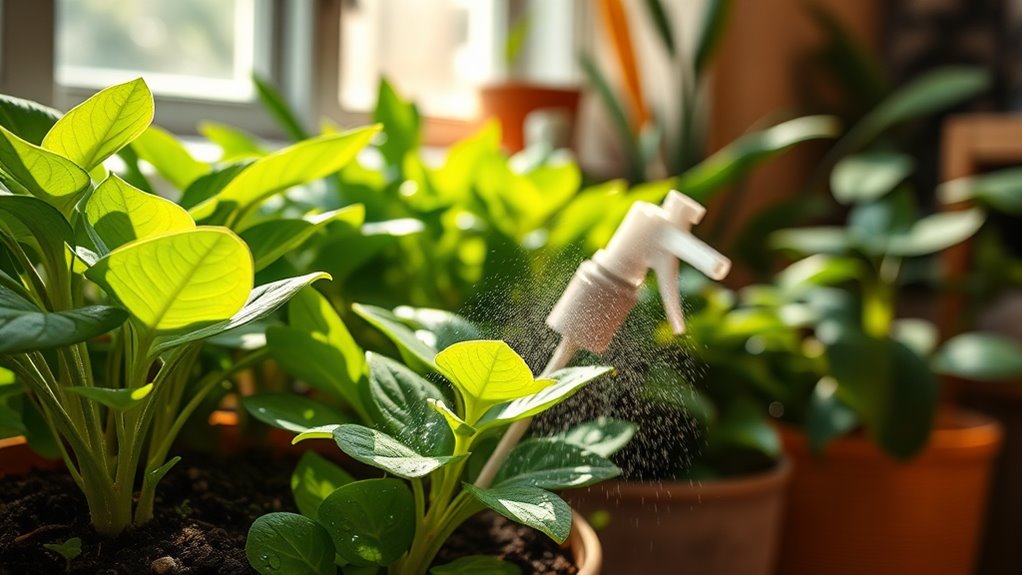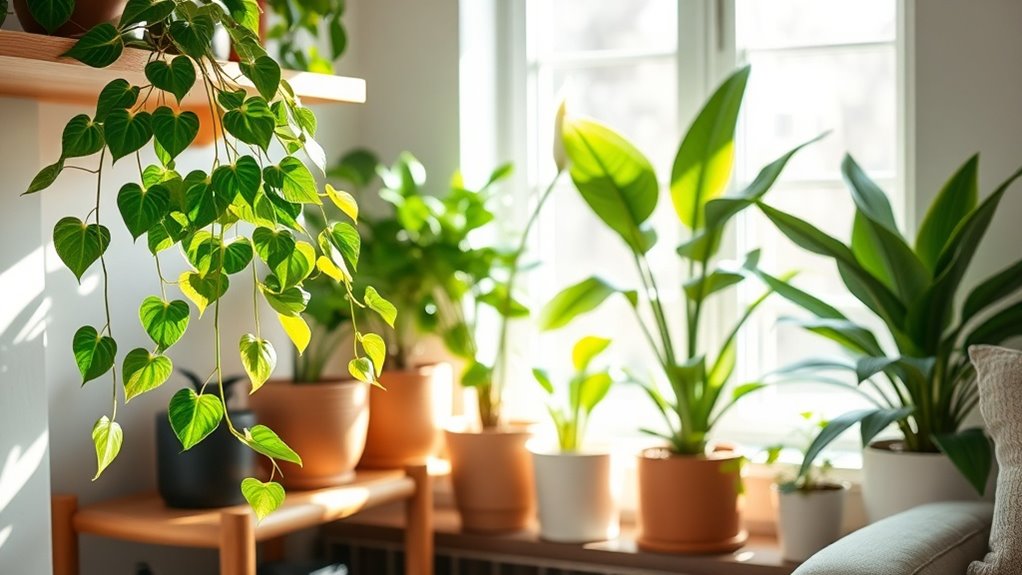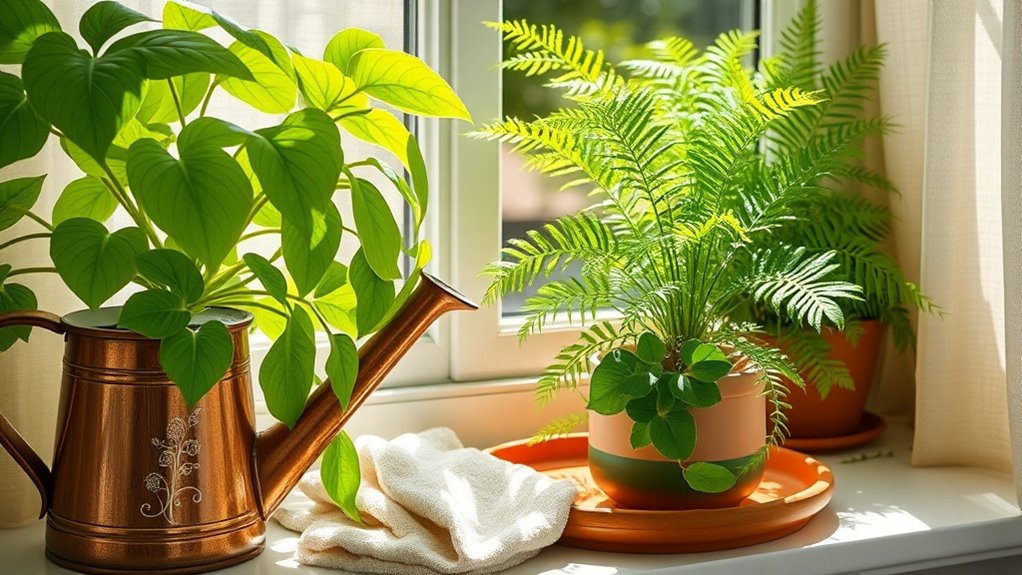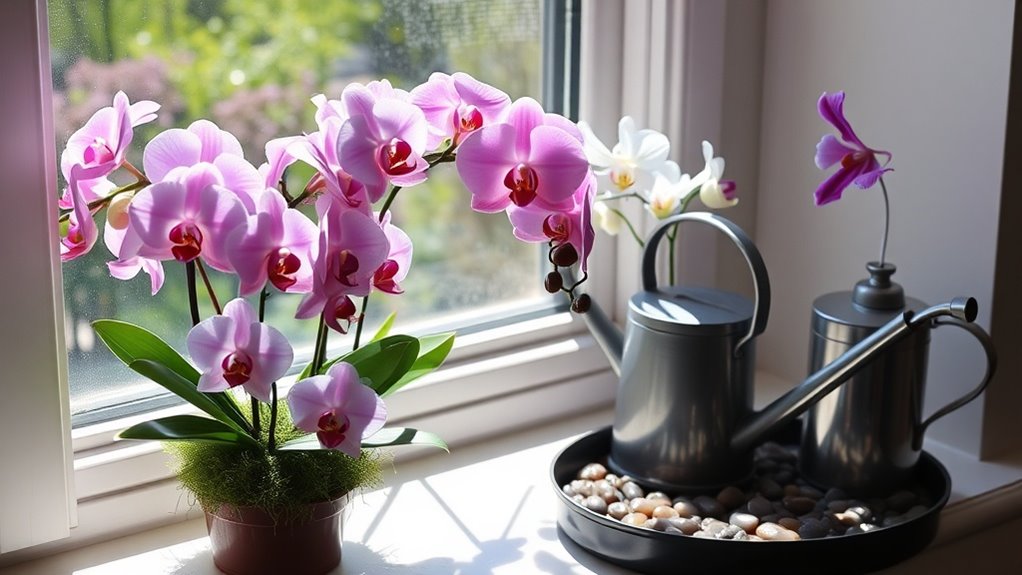This Trick Helped My Indoor Plants Stop Drooping
If your indoor plants are drooping, it might be time to reassess your watering habits. Many plant owners overlook the importance of soil moisture levels, leading to issues like over-watering. By checking the top inch of soil before watering, you can prevent stress on your plants and promote healthier growth. Discover how this simple adjustment can make a significant difference in their vitality, and explore the essential practices that ensure your plants thrive.
Understanding Plant Hydration Needs
Understanding the hydration needs of your indoor plants is crucial for their health.
An effective indoor plant watering tip is to check the top inch of the soil; if it’s dry, it’s time to water.
Ensure water drains properly to prevent root rot, and consider your plant’s species-specific requirements. Mastering the art of watering can greatly influence your plants’ ability to thrive. Proper timing and technique will significantly enhance your plants’ overall vitality and growth.
Identifying Signs of Water Stress
How can you tell if your indoor plants are experiencing water stress?
Look for signs like drooping leaves, browning leaf edges, or a wilting appearance.
Check the soil—if it feels excessively dry or overly soggy, it indicates an issue.
Pay attention to your plant’s growth patterns, as stunted growth can also signal inadequate hydration.
Regular monitoring is essential for prevention. Additionally, understanding the common overwatering mistakes will help you better care for your plants.
The Trick to Proper Watering
Though water is essential for plant health, knowing how to water correctly is crucial to preventing problems.
To ensure optimal hydration, check the soil moisture level before watering. Water until it drains from the bottom, allowing roots to absorb nutrients without sitting in excess moisture.
Adjust your technique based on the specific needs of each plant species to enhance growth and prevent root rot. Rethinking your watering routine can lead to surprising benefits for your plants’ overall health.
Creating a Routine for Healthy Plants
Developing a consistent care routine is key to nurturing healthy indoor plants. Schedule regular watering, feeding, and maintenance tasks to ensure optimal growth. Use the table below as a guide for creating your routine:
| Task | Frequency |
|---|---|
| Watering | Weekly |
| Fertilizing | Monthly |
| Pruning | Biannually |
| Cleaning | Monthly |
In addition to these tasks, incorporating effective indoor pest control measures can help keep your plants thriving and free from pests.
Additional Care Tips for Thriving Indoor Plants
To ensure your indoor plants flourish, it’s crucial to consider factors beyond basic watering and feeding.
Monitor humidity levels, as many plants thrive in higher humidity. Ensure adequate drainage to prevent root rot.
Regularly inspect for pests and diseases, and clean leaves to improve photosynthesis.
Rotate your plants occasionally for even light exposure, promoting balanced growth and vitality. Additionally, consider investing in appropriate grow lights to provide your plants with the optimal lighting they need for healthy growth.
